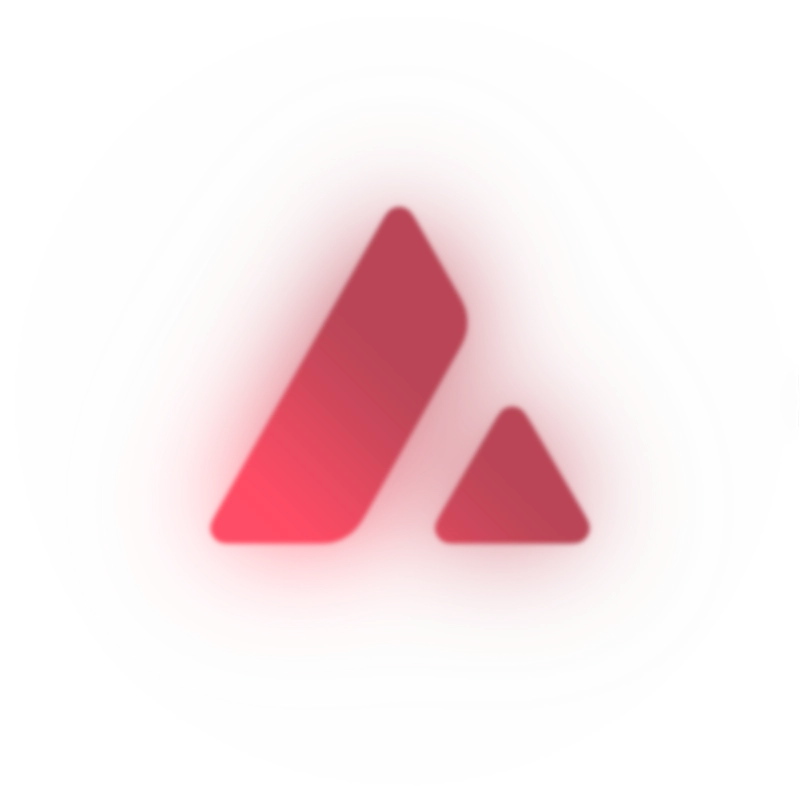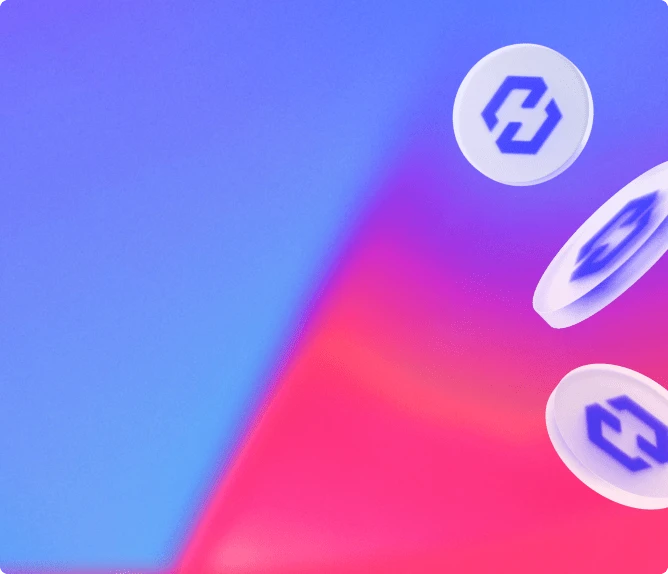Investing in crypto-assets carries risks of liquidity, volatility, and partial or total capital loss. Crypto-assets held are not covered by deposit and securities guarantee mechanisms.


Sign up for our newsletter
Partners
Coinhouse
Our accounts
Coinhouse
Coinhouse SAS with a capital of €210,000, RCS Paris 815 254 545, headquarters: 14 Avenue de l'Opéra 75001 Paris – support@coinhouse.com. Registered with the AMF for activities related to the purchase/sale of digital assets against legal tender, the exchange of digital assets for other digital assets, and the custody of digital assets for third parties under the registration number: E2020-001.
Coinhouse payment solutions
Company registered with the Paris RCS under the number 914 384 557, registered with the Prudential Control and Resolution Authority as a payment service agent under the number 727503 of the electronic money institution Treezor, headquartered at 33 Avenue de Wagram, 75017 Paris.
General conditions, disclaimers and legal documents.



Crypto news is often dominated by the big coins such as Bitcoin (BTC), Ethereum (ETH) or Dogecoin (DOGE).
However, there are many other leading cryptos on the market that deserve to be better known.
Avalanche, for example, is one of the top 20 cryptocurrencies in terms of market capitalization.
Rather discreet, Avalanche is nevertheless a serious corner that rests on very solid technological foundations.
What’s more, blockchain has the advantage of touching every aspect of crypto: NFT, dApp, smart contract, decentralized finance, NFT, RWA, gaming, staking, etc.
Find out more about the Avalanche blockchain and how to buy the AVAX token on Coinhouse.
The Avalanche project started in 2018 in the United States.
The main person in charge of development is Emin Gün Sirera teacher and computer scientist.
With Kevin Sekniqi and Maofan Ted Yinhe founded Ava Labs, which offers various web3 products such as AvaCloud, Core, Owl Explains and, of course, Avalanche.
Emin Gün Sirer is a well-known figure in the cryptosphere.
In particular, he created the crypto Karma in 2003.
Si ce projet ne vous dit rien et a d’ailleurs depuis disparu, il a le mérite d’avoir existé avant celui du Bitcoin !
Dans le cadre du projet Avalanche, Emin Gün Sirer a dirigé un groupe de chercheurs de l’Université Cornell.
A first version of the Avalanche white paper was published in May 2018.
It was then updated in 2020 with the support of the collective known by the pseudonym “Team Rocket”.
After launching its testnet in April 2020, the team carried out an Initial Coin Offering (ICO) in July 2020, and then the Avalanche blockchain was on the market in September 2020.The Ava Labs management team is currently as follows:
Avalanche is a vast collection of compatible blockchains and subnets that perform different functions.
We distinguish between 3 blockchains in the Avalanche ecosystem, each designated by a letter:
These three blockchains differ in terms of the consensus protocol used.
The C and P chains use a consensus called Snowman, whereas the X chain operates with Avalanche’s basic consensus.
The main difference lies in the block structure:
Snowman functions as a traditional linear blockchain, while Avalanche’s consensus is based on the tree-like structure of a DAG (Directed Acyclic Graph).
Avalanche is one of the world’s largest cryptocurrencies, with a market capitalization exceeding 10 billion euros.
This positions the AVAX token in 12th place, close to coins like Cardano (ADA), Shiba Inu (SHIB), Tron (TRX), and Polkadot (DOT).
With its multi-blockchain architecture, Avalanche operates on virtually every crypto platform.
In this respect, Avalanche competes with cryptocurrencies that have vast ecosystems, such as Ethereum.
Avalanche’s strengths relative to the competition are:
Most analysts agree that the AVAX token price will continue to rise over the coming months. Avalanche’s price could therefore cross the €30 mark in the near future.
Price targets for the end of 2024 and 2025 range from €30 to €80.
The price reached by Avalanche will depend primarily on the crypto environment.
If the bull run gains momentum, Avalanche’s price evolution should follow that of crypto queens such as Bitcoin or Ethereum.
L’Avalanche ecosystem currently boasts some 476 projects. Unsurprisingly, the field of decentralized finance (DeFi) is the most represented, with almost 150 dApps alone.
The projects making up the Avalanche ecosystem fall into two categories.
Some have been created directly on a subnet of the network; others, on the other hand, have been created on other blockchains (e.g. OpenSea) but are compatible with the Avalanche network. The Avalanche ecosystem includes decentralized applications in most fields, such as :
Avalanche’s TVL is 750 million dollars.
Les cinq dApps les plus importantes de son écosystème sont :
AVAX is the native token of the Avalanche ecosystem.
Like all native tokens, it is primarily used to secure the platform.
Users can stake AVAX, allowing them to earn passive income and participate in transaction validation.
In addition, AVAX tokens are used to pay transaction fees.
As on Ethereum, there are fees known as “gas” on Avalanche, which are applied to every transaction.
The amount of these fees varies depending on network congestion or activity.
These fees are paid directly in AVAX by users and then burned, meaning they are permanently removed from circulation.
While this principle is similar to Ethereum, there is a small difference to note.
On Ethereum, only a percentage of transaction fees are burned, whereas on Avalanche, all fees are burned.
360 million AVAX tokens have been created (minting) at the start of the project.
However, this quantity increases over time.
The protocol rewards validators for their good behavior by offering them AVAX tokens at the end of their staking period. To this end, a small quantity of AVAX tokens is regularly issued to validators.
These new AVAX tokens compensate for those used to pay transaction fees and which are withdrawn from circulation (“burnt”). The issuance of AVAX tokens follows a complex mathematical equation.
In simple terms, this equation means that, over time, the total number of AVAX tokens in circulation will be cannot exceed 720 million. The 720 million AVAX tokens are distributed as follows:
In 2024, Avalanche (AVAX) continues to strengthen its position as the go-to platform for decentralized finance (DeFi) and decentralized applications (dApps).
Flagship projects include the expansion of the Avalanche Subnets subnet, enabling customized networks to operate on the platform while benefiting from Avalanche’s security.
In addition, increased integration with popular DeFi protocols and the launch of new scalability solutions, such as Avalanche Warp Messaging (AWM), aim to increase blockchain adoption while improving transaction efficiency.
These initiatives make Avalanche a key player in the evolution of the blockchain ecosystem.
In addition to this direct way, it is possible to buy AVAX tokens through an exchange. How do I do this? Simply click on the « Exchange » button on the home page, andexchange USDT or USDC stablecoins for AVAX tokens. Of course, you’ll need to have USDT tokens available in your Coinhouse account.
Avalanche has a lot to live up to.
L’ The architecture of this ecosystem is built specifically to address the blockchain trilemma, providing a more efficient solution than Bitcoin and Ethereum.
Among the three main blockchains in the Avalanche ecosystem is chain P, a layer 0 blockchain.
Relatively rare in the crypto landscape, layer 0s are very interesting, as they enable the creation of blockchains that are compatible with each other.
Howeverinteroperability between blockchains is a crucial question for the future.
The global adoption of cryptocurrency, so hoped for by the crypto market, is hard to envisage if each blockchain project continues to work in silo.
Blockchains will need to be able to communicate with each other if they are to succeed.
Avalanche is well placed to tackle this future problem.
In addition, the multitude of use cases is another strong point of the Avalanche ecosystem.
The network is present in all areas, from the most traditional like payments to the most innovative like RWA (Real World Assets), via the vast DeFi sector. This is reflected in the large number of decentralized applications active in the Avalanche ecosystem – no fewer than 476 projects to date.
This makes Avalanche a veritable Swiss Army Knife of crypto, ready to meet the needs of tomorrow. AVAX 2024/2025 course projection
Most analysts agree that the price of the AVAX token will continue to rise over the coming months.
Avalanche’s price could therefore cross the €30 mark in the near future.
Price targets for the end of 2024 and 2025 vary. between €30 and €80.
The price reached by Avalanche will depend mainly on the crypto environment. If the bull run gains momentum, Avalanche’s price evolution should follow that of king cryptos such as Bitcoin or Ethereum.
Share the article


Download app